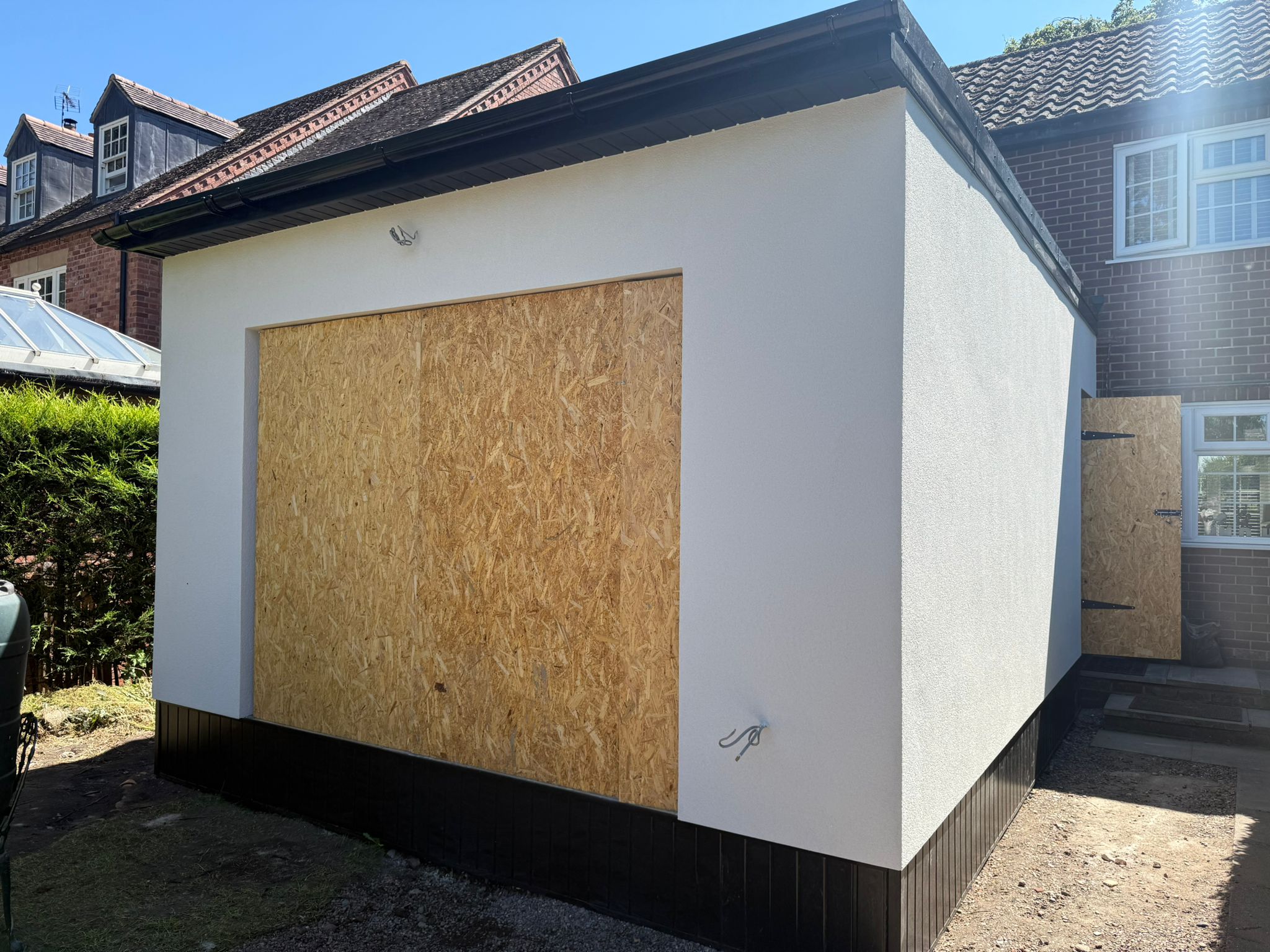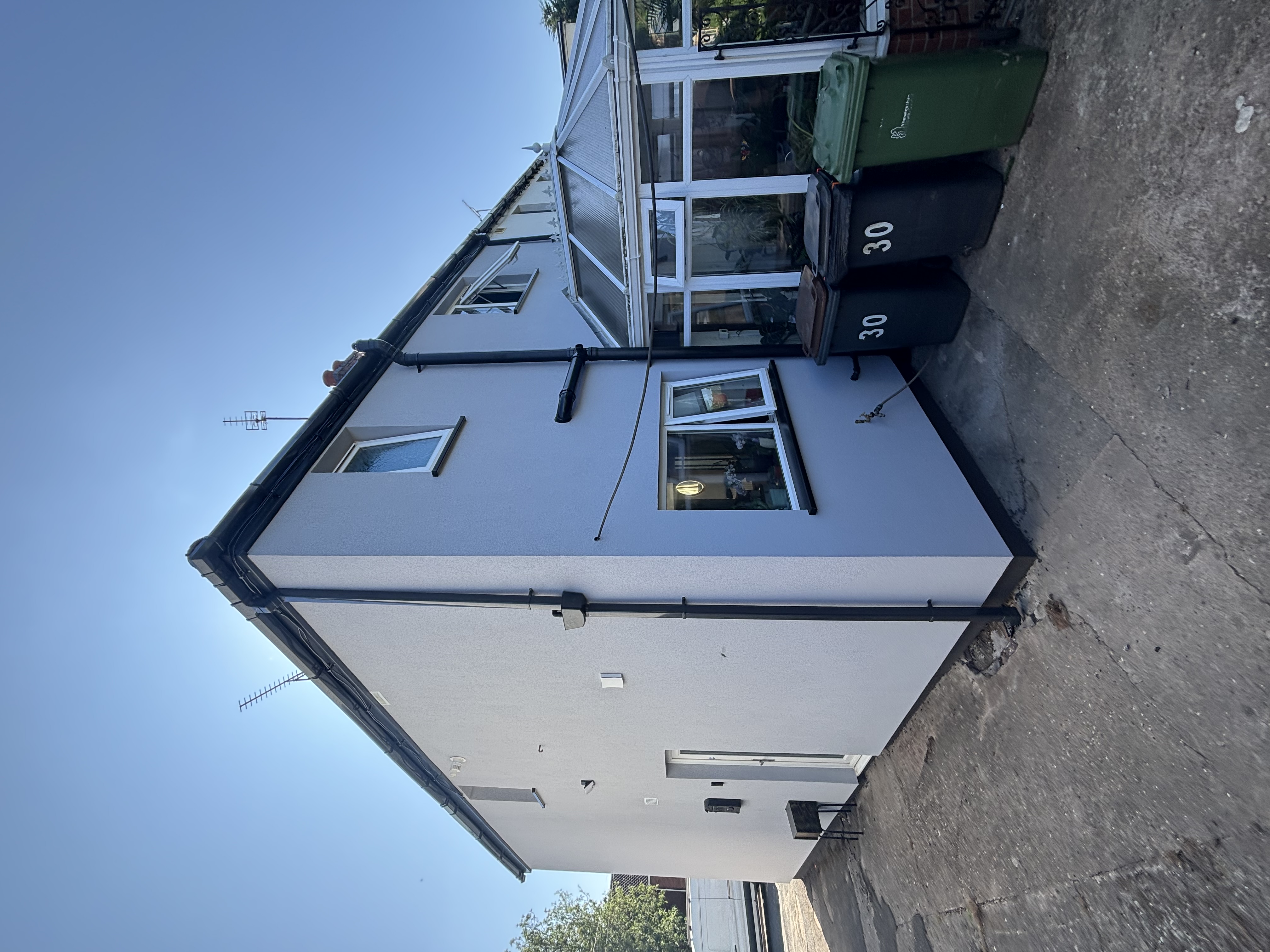
Planning to insulate your solid wall home? External Wall Insulation is a proven way to improve energy efficiency, cut heating bills, and create a more comfortable living environment, especially in older UK properties with solid walls. But before the work begins, it’s important to understand what the process involves and how to prepare.
In this blog, we’ll walk you through everything you need to know before installing external wall insulation, from assessing your property to understanding what happens during installation. Whether you are aiming to reduce energy waste, modernise your home’s exterior, or lower your carbon footprint, this checklist will help you make informed decisions at every step.

External Wall Insulation (EWI) is a method of improving a building’s energy efficiency by fixing a layer of thermal insulation to the outside of a property’s walls. This layer is then finished with a protective render or decorative cladding. It forms a thermal envelope around the house, helping to retain heat within the building and reducing heat loss through the walls.
By upgrading your property with external wall insulation, you can significantly enhance indoor comfort and cut down on heating costs, particularly in older homes with solid walls.
Key Benefits of External Wall Insulation:
External wall insulation is ideal for homes with solid walls, which don’t have cavity space for internal insulation. These include:

Installing EWI is a big decision, and it’s important to prepare properly before work begins. Here’s a practical checklist to help you understand what’s involved.
Before anything else, your property will need a professional assessment. A full survey helps determine whether your property is suitable for EWI and ensures any issues are addressed early on.
The survey will cover:
Most reputable EWI installation companies will carry out this survey before providing a quote. Always double-check that it’s included in your consultation.
Depending on your location and property type, certain permissions may be required before starting external wall insulation. You may need:
A good installer will manage this part for you, including submitting applications and ensuring compliance. Still, it’s worth confirming this during your initial discussions.
Not all insulation is created equal. The best choice depends on your property, goals, and budget. A knowledgeable installer will guide you, but having an idea of your options helps you make informed decisions.
Insulation options:
Render finishes:
Your installer should offer a breakdown of options and recommend a system suited to your property’s structure and needs.
The right installer can make or break your project. Look for companies that are fully accredited and have experience working on homes similar to yours.
Check for:
EWI installation typically takes 1 to 3 weeks, depending on property size and complexity. Here’s what the process usually looks like:
Installing external wall insulation is a smart upgrade for homeowners looking to reduce energy bills and future proof their properties. While there are a few steps to get right, working with a qualified installer and knowing what to expect ensures your project runs smoothly and brings long-term value.

External wall insulation is not a DIY job. It requires proper tools, technical expertise, and industry knowledge to avoid major issues such as damp, thermal bridging, or render cracks. Only certified professionals can ensure it’s installed to meet UK building regulations and deliver long-term energy savings.
“Solid wall insulation” refers to insulating homes with solid walls (typically built before 1920), walls that don’t have a cavity. “External wall insulation” is the method used to insulate these solid walls from the outside, by fixing insulation boards to the external surface and covering them with a render.
The best way to find out is to have a professional assessment. Most homes with solid brick, concrete panel, or non-cavity construction can benefit from EWI. However, the installer will need to check for damp, cracks, or structural issues before confirming suitability.

Thinking about improving your home with external wall insulation or rendering?
We have over 15 years of experience, are fully TrustMark accredited, and work across the Midlands and the South of England. Contact us today for a free consultation.
📞 Call us on 024 7531 4286 or use our contact form to get started.

